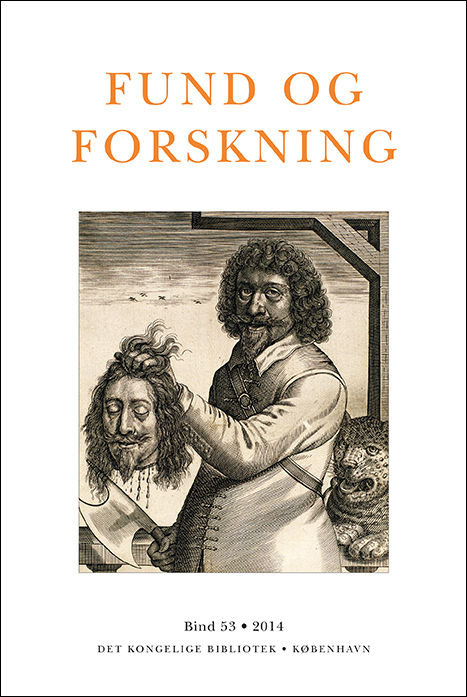Paul von Klenau og hans niende symfoni. Kilderne, værket, receptionen
DOI:
https://doi.org/10.7146/fof.v53i0.118851Abstract
Niels Krabbe: Paul von Klenau and his ninth Symphony – the sources, the work, the reception
In 2001, the Royal Library learned about a comprehensive private collection in Vienna that contained music, letters and lecture manuscripts, photographs and other archive materials of the Danish composer Paul von Klenau (1883–1946). A preliminary survey of the collection revealed that the contents included a number of music manuscripts (symphonies, chamber music concerts and more), which were not known from the rest of the library’s major collection of Klenau works. The collection’s greatest and most interesting work was a major complete “Ninth Symphony” for orchestra, choir and four soloists in eight movements, for a Latin text with a mix of liturgical texts from the Catholic requiem and texts of unknown provenance.
In 2005, the library succeeded in acquiring the collection and it was transferred to the Royal Library. Subsequently, the Danish Centre for Music Publication (DCM) organised a philological adaptation and published Symphony No. 9 for the purpose of the premier performance of the work, which duly took place 70 years after it was written, performed as a Thursday Concert in March 2014 and conducted by Michael Schønwandt.
Klenau had worked in Germany as a composer and conductor in the 1920s and 1930s. He returned to Denmark in 1939 where he stayed for the rest of his life. Because of his extensive German background he did not receive high recognition in Danish music, despite the range and nature of his musical output. This was mainly because of his relationship with the Third Reich and Nazism, which affected his last years and his posthumous reputation.
Symphony No. 9 was composed in the years 1944–45, and is a mix of requiem and a symphony, each in four movements. Due to the text, the work is both a traditional requiem and a requiem about the war. Both in its expression and in its length, it is probably the greatest symphony ever written by a Danish composer.
The premier in 2014 received mixed reviews, and Klenau’s attitude to Nazism was discussed once again. The work was criticised for its eclectic character with its mix of late romantic forms of expression on the one side and its accomplished dodecaphonic passages on the other.
The newly available Klenau collection from Vienna, including the treated Symphony No. 9, has nuanced and problematised Klenau’s position in Danish music history.


